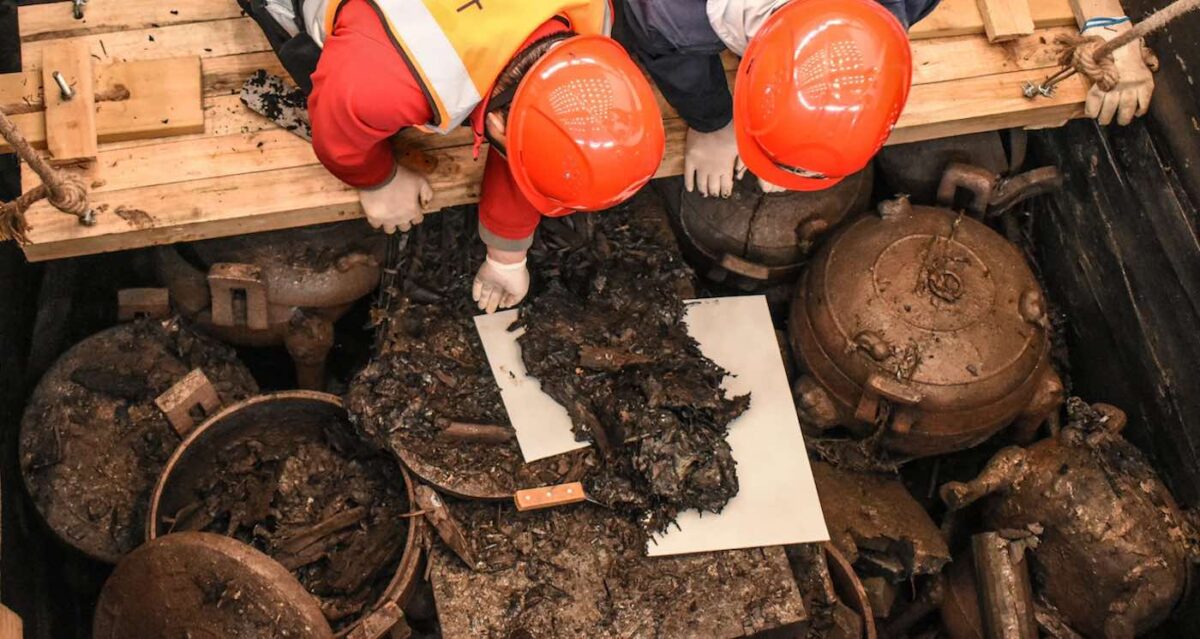2,200-Year-old Tomb Discovered

Chinese archaeologists have completed the initial phase of excavations on a royal tomb believed to originate from the state of Chu, dating back 2,200 years. Chu, a significant kingdom in early Chinese history, once dominated the birthplace of Confucius through conquest and annexation.
Situated in Anhui province, the tomb’s exploration commenced in 2019 due to reports of frequent looting attempts. The findings have revealed it as the most intricate funerary structure of its era ever uncovered in China.
Among the unearthed artifacts—over 3,000 in total—are lacquered wood items, bronze vessels, figurines, chariot and horse pits, and sacrificial remains. A woven bamboo mat provided crucial data for radiocarbon analysis, confirming the tomb’s age.
Gong Xicheng, deputy director of the Anhui Provincial Institute of Cultural Relics and Archaeology, noted that the excavation has progressed to the coffin chamber’s interior, raising hopes of uncovering the tomb owner’s identity and resolving the mystery.
Based on historical records, King Kaolie, who reigned from 262 to 238 BCE, is a leading candidate for the tomb’s occupant. Kaolie’s relocation of the Chu capital to Shouxian County aligns with the tomb’s discovery in the same region. Moreover, other Chu kings ruling from Shouxian likely faced circumstances precluding such a grand burial.
Chu’s emergence followed the disintegration of the Zhou Dynasty, a pivotal period in Chinese history marked by the genesis of foundational texts like the I Ching and the early development of Confucianism.